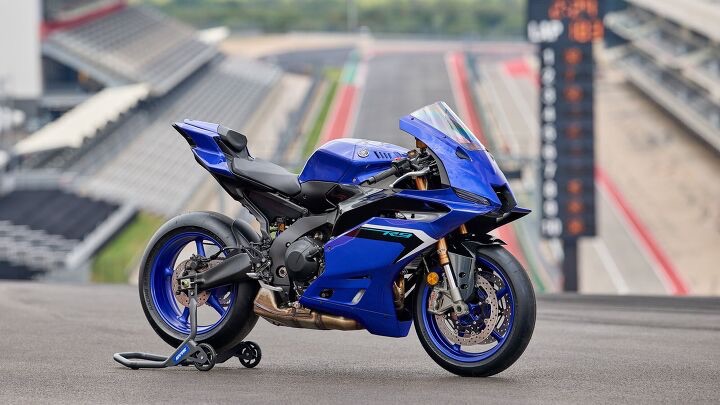
Yamaha has long been a key player in the motorcycle world, constantly innovating to stay at the forefront of the market. In recent years, they have perfected a strategic approach that not only strengthens their dominance but also ensures versatility across different motorcycle segments. Their recipe is simple: develop a stellar engine and build a wide array of motorcycles around it. This strategy has proven to be successful with their CP2 and CP3 engines, which have become the core of multiple successful models.
The CP2 Engine: A Powerhouse of Versatility
At the heart of Yamaha’s mid-range motorcycles, the CP2 engine is a twin-cylinder marvel known for its smooth power delivery and reliability. Yamaha took this engine and introduced it across several popular models, each catering to different segments and rider preferences. The MT-07, a naked streetfighter, became an instant hit due to its nimble handling and thrilling power-to-weight ratio. Alongside it, the XSR700 catered to riders with a more retro taste, blending modern performance with classic styling cues. Then there’s the Tenere 700 (T7), an adventure bike that perfectly balances off-road prowess with long-distance touring capability, powered by the same CP2 engine.
The CP2 engine’s adaptability has allowed Yamaha to offer a diverse lineup of bikes that meet a wide range of rider demands, all while maintaining a consistent and trusted engine platform.
The CP3 Engine: Taking Performance to the Next Level
Building on the success of the CP2, Yamaha introduced the three-cylinder CP3 engine, which has taken performance to new heights in the brand’s portfolio. This engine powers several models, each pushing the envelope in their respective categories. The MT-09 is Yamaha’s naked street bike for those seeking a more aggressive riding experience. It’s sharp, fast, and loaded with character. Then there’s the Tracer 9, a sport-touring motorcycle that delivers comfort, performance, and versatility for long-distance journeys.
In the retro-modern segment, the XSR900 builds on the CP3 engine’s strengths, giving riders a taste of vintage aesthetics without sacrificing modern performance and technology. Each of these motorcycles exemplifies Yamaha’s strategy of crafting different riding experiences from the same core engine architecture.
Enter the YZF-R9: Yamaha’s Next Evolution

In 2025, Yamaha will further expand its lineup with the highly anticipated YZF-R9, a sportbike designed to bridge the gap between the entry-level R7 and the more powerful R1. The YZF-R9 will be powered by the CP3 engine, bringing its characteristic performance and refinement to the super-sport category.
The R9 boasts several innovations, including a new frame featuring gravity-fed die-cast technology, which enhances the bike’s rigidity and lightweight characteristics. Its new ergonomics have been designed for both performance and comfort, making it suitable for track days as well as spirited rides on the street. Winglets, inspired by Yamaha’s MotoGP designs, help improve aerodynamics and stability at high speeds while retaining the brand’s signature sportbike aesthetics.

On the technical front, the YZF-R9 will feature high-end components such as Brembo brakes for superior stopping power, KYB fully adjustable front forks, and a fully adjustable rear KYB shock, ensuring the rider can fine-tune the suspension to their preference. The inclusion of a TFT screen with built-in apps integration and a lap timer solidifies the R9 as a modern sportbike packed with tech that enhances both performance and usability.
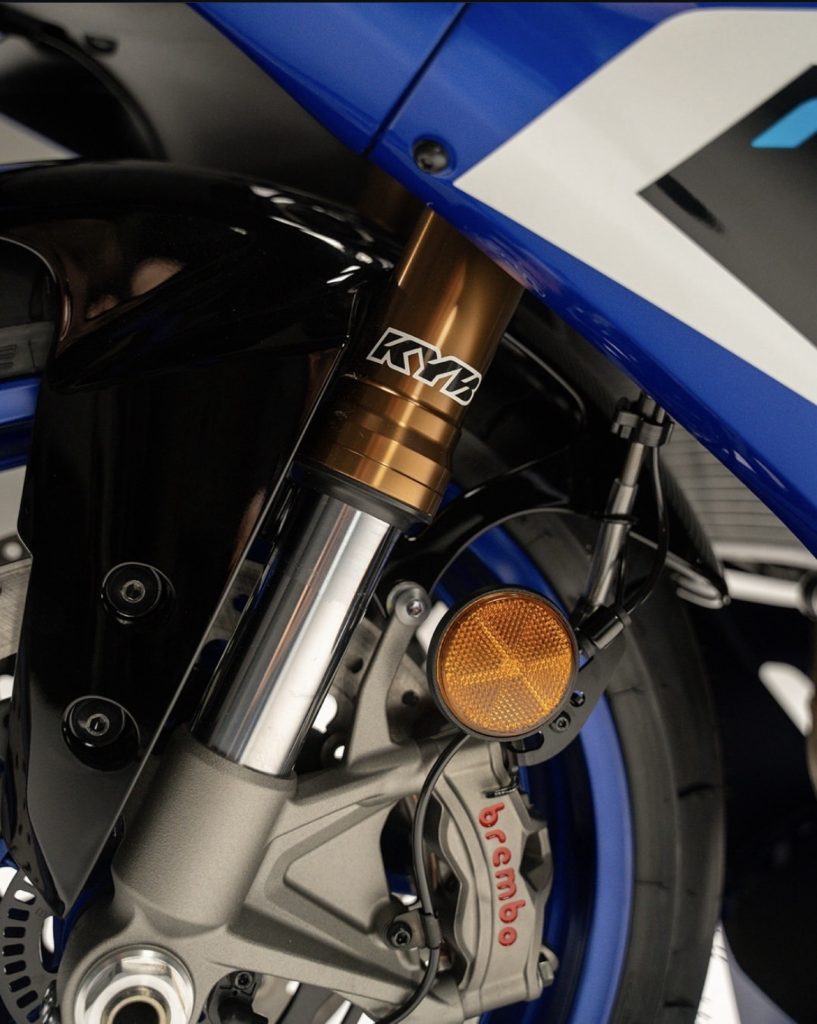
Perhaps the most remarkable aspect of the YZF-R9 is its price. With a sub-$13,000 price tag, Yamaha aims to make this high-performance machine accessible to a broader audience. This aggressive pricing strategy will likely make the R9 a game-changer in the middleweight sportbike category, appealing to riders looking for exceptional performance without the premium price of higher-end models.
Yamaha’s Consistent Approach to Market Domination
Yamaha’s ability to leverage its engines across different segments while ensuring each model offers a unique riding experience has been a key factor in its success. The CP3 has become a powerhouse for riders seeking higher performance. Now, with the addition of the YZF-R9, Yamaha is setting its sights on the middleweight superbike market, offering an exciting new option that blends cutting-edge technology with aggressive pricing.
As we look to the future, it’s clear that Yamaha’s strategy of building around great engines is a winning formula, keeping them at the forefront of the motorcycle industry while appealing to a broad spectrum of riders. With the YZF-R9, Yamaha is once again proving that innovation, performance, and value can coexist in a single package, ensuring their continued dominance in the years to come.


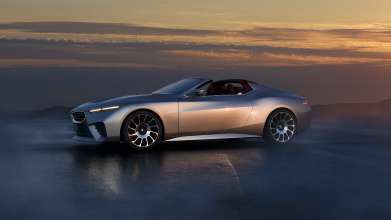
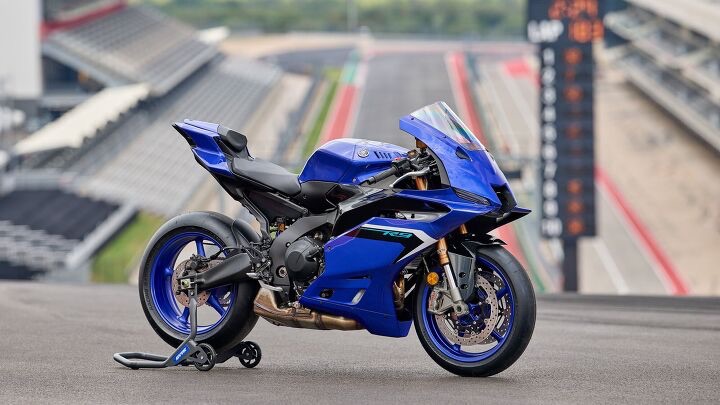
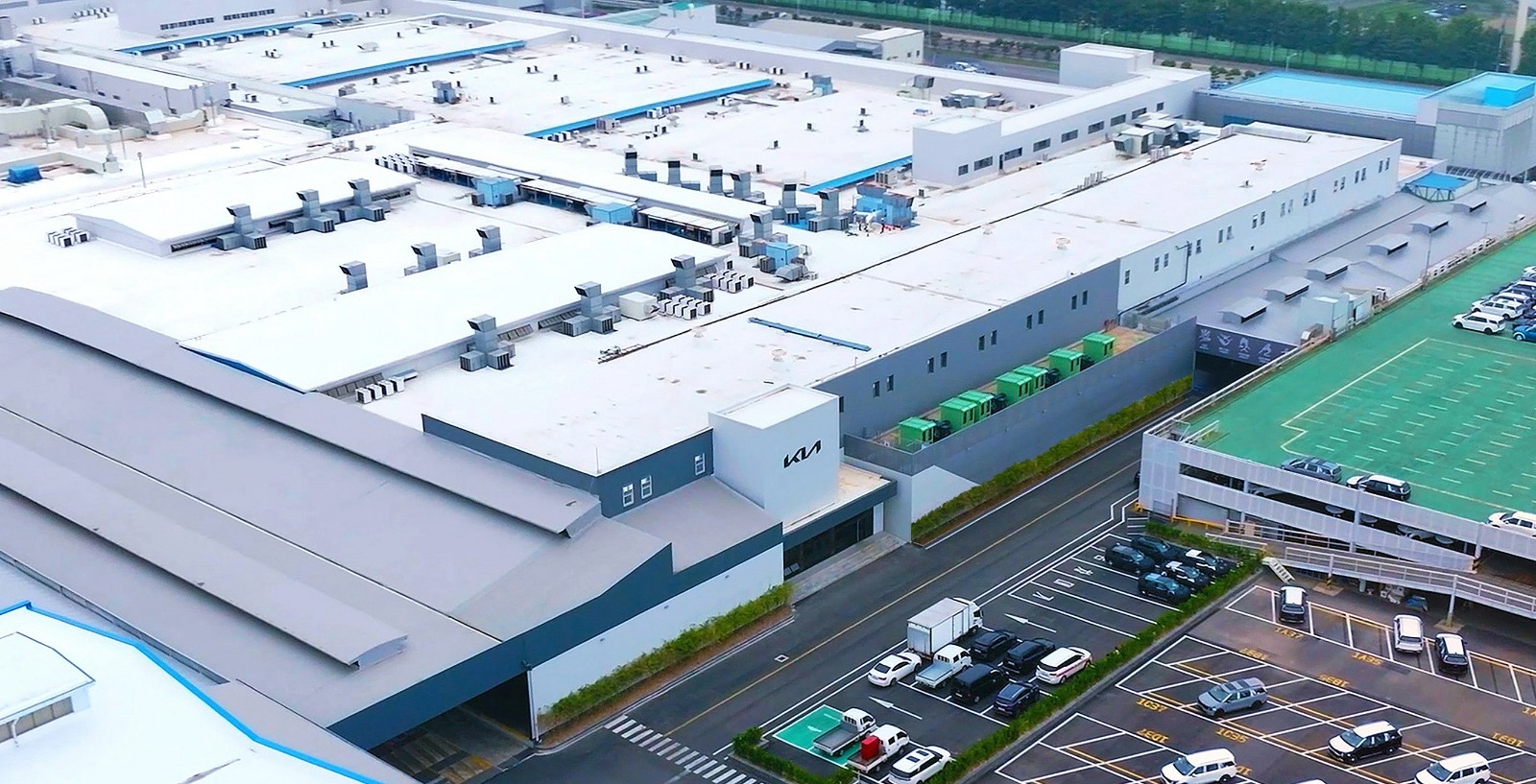
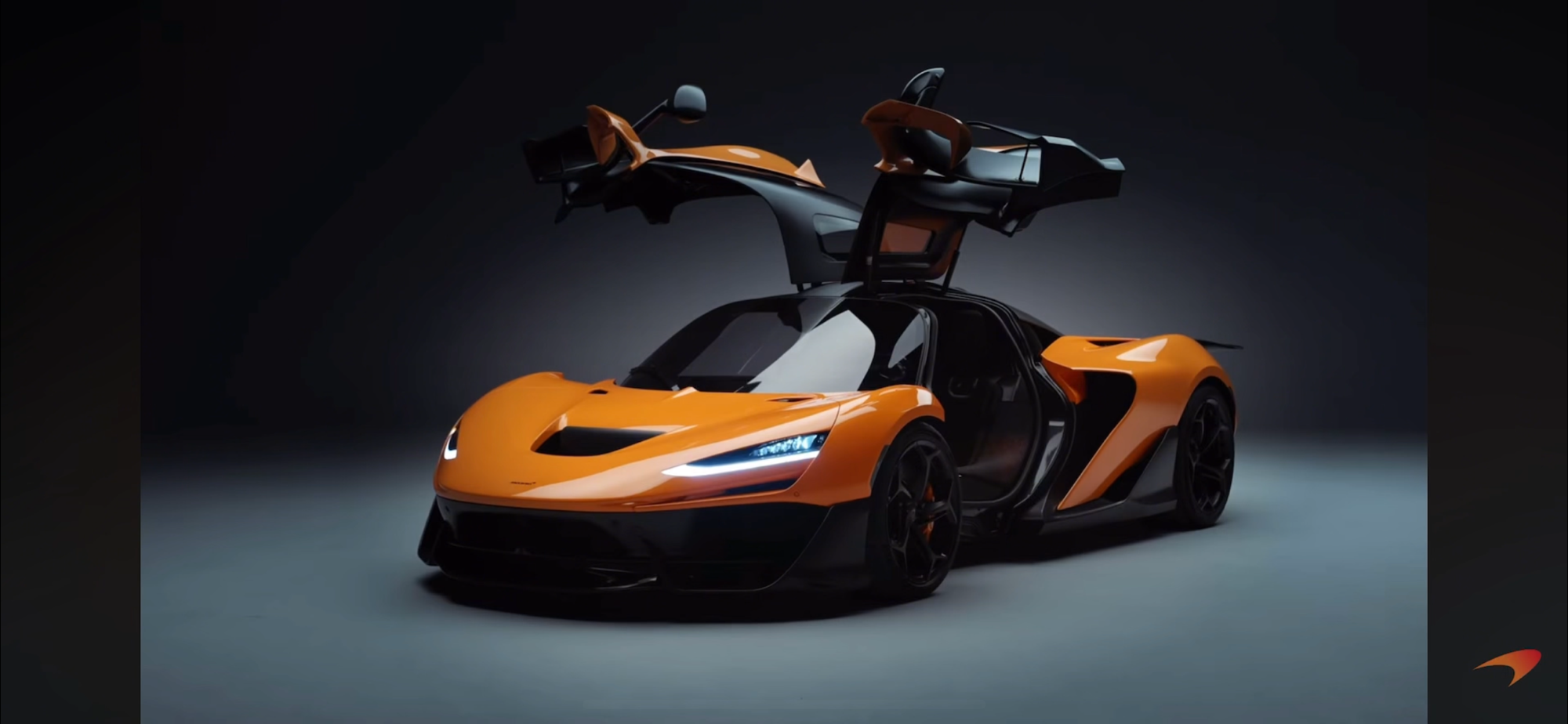
Leave a Reply